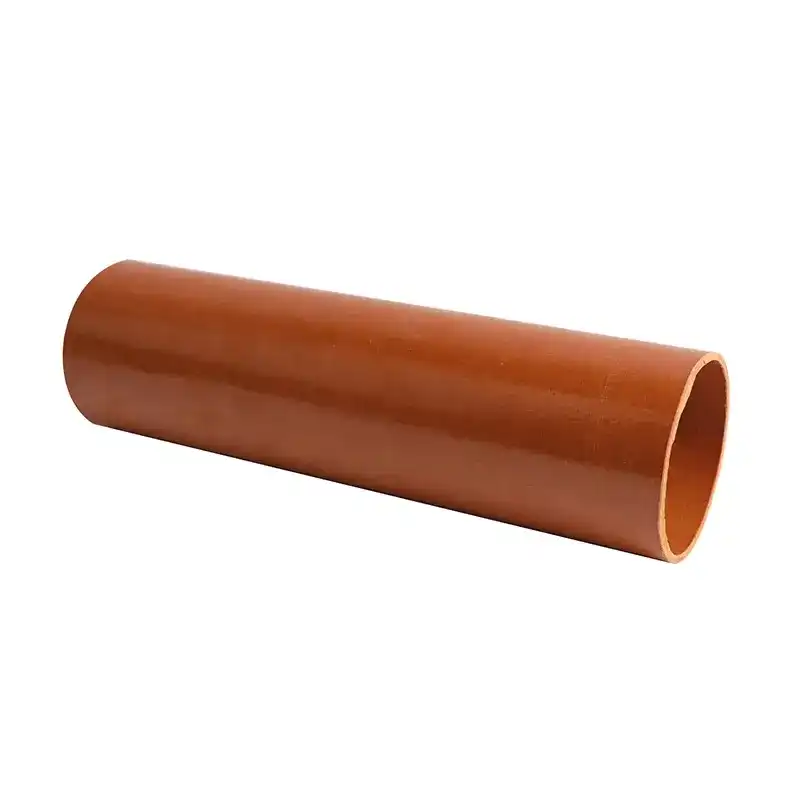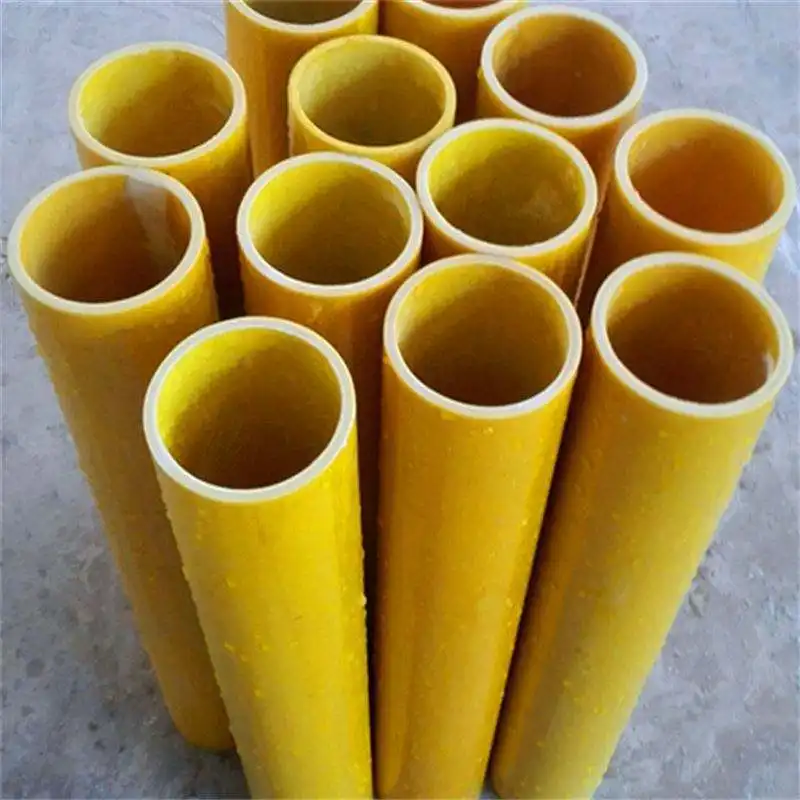Fr4: Understanding The Material And Its Applications In Pcb Design
2024-11-15 17:26:25
In the world of electronics manufacturing, FR4 stands as a cornerstone material, particularly in the realm of printed circuit board (PCB) design. This versatile substrate has revolutionized the way we approach electronic components, offering a unique combination of properties that make it ideal for a wide range of applications. In this comprehensive guide, we'll delve into the intricacies of FR4, exploring its composition, characteristics, and the pivotal role it plays in modern PCB fabrication.
The Composition and Properties of FR4
FR4, short for Flame Retardant 4, is a composite material consisting of woven fiberglass cloth impregnated with an epoxy resin binder. This unique composition gives FR4 its distinctive properties, making it a preferred choice in the electronics industry.
Chemical Makeup of FR4
The core of FR4 is a carefully engineered blend of materials. The fiberglass cloth provides structural integrity and strength, while the epoxy resin acts as a binding agent and imparts flame-retardant properties. The specific formulation can vary slightly between manufacturers, but the fundamental components remain consistent.
Physical Characteristics
FR4 boasts an impressive array of physical properties. It exhibits high mechanical strength, excellent electrical insulation, and remarkable thermal stability. These attributes contribute to its durability and reliability in various electronic applications. Moreover, FR4's low moisture absorption rate enhances its performance in humid environments.
Thermal and Electrical Properties
One of FR4's most valued features is its exceptional thermal resistance. It can withstand high temperatures without significant degradation, making it suitable for applications involving heat-generating components. Electrically, FR4 offers low dielectric loss and high breakdown voltage, crucial for maintaining signal integrity in high-frequency circuits.
FR4 in PCB Manufacturing
The PCB industry has embraced FR4 as a standard material due to its versatility and reliability. Understanding how FR4 is integrated into PCB manufacturing is essential for grasping its importance in electronics design.
FR4 Lamination Process
The manufacturing of FR4 PCBs starts with the lamination process, where multiple layers of FR4 material are carefully stacked and fused together under high pressure and temperature. This bonding process creates a robust multi-layer board that can support intricate circuit designs. Precision during lamination is vital to ensure uniformity, structural integrity, and reliable electrical connections, which are critical for the performance and longevity of the final PCB.
Copper Cladding and Etching
FR4 boards are usually pre-clad with copper on one or both sides, providing the essential conductive pathways for the PCB. Using photolithography and etching techniques, precise circuit patterns are transferred onto the copper layer. The bond between the copper and FR4 is critical, as strong adhesion ensures the durability, electrical performance, and long-term reliability of the PCB, even under mechanical stress or heat.
Drilling and Plating
In multi-layer PCBs, holes are drilled through the FR4 substrate to create interconnections between the different layers. These holes are subsequently plated with copper or another conductive material, ensuring reliable electrical paths. The accuracy of the drilling and plating process is crucial, as any misalignment can lead to poor electrical performance, signal loss, or complete circuit failure, affecting the overall functionality of the PCB.

Applications and Advantages of FR4 in PCB Design
FR4's unique properties make it suitable for a wide range of applications in the electronics industry. Its versatility has led to its adoption in various sectors, from consumer electronics to aerospace.
Consumer Electronics
In consumer electronics, FR4 PCBs are essential components found in a wide range of devices, from smartphones and tablets to laptops and gaming consoles. Known for their excellent electrical insulating properties, durability, and affordability, FR4 provides a reliable foundation for high-performance electronics. Its ability to withstand heat and mechanical stress makes it a go-to choice for manufacturers aiming for mass production with consistent quality and long-lasting performance.
Industrial and Automotive Applications
FR4's strength and thermal resistance make it an ideal material for industrial and automotive applications, where electronics face extreme conditions. Whether in vehicles, machinery, or control systems, FR4 PCBs can withstand vibrations, wide temperature variations, and exposure to harsh environments. This durability ensures the reliability of critical sensors and control components, helping maintain optimal performance and safety in demanding industrial and automotive settings.
High-Frequency Applications
Although FR4 is not the best option for ultra-high-frequency applications, it performs well in many RF and microwave circuits, offering a balanced combination of electrical properties and cost-effectiveness. Its relatively low dielectric loss at frequencies up to several GHz makes it a viable choice for communication devices, antennas, and wireless technologies. This versatility has helped accelerate the development of modern wireless communication systems, from mobile networks to IoT devices, supporting the rapid growth of the tech industry.
Conclusion
FR4 has established itself as an indispensable material in PCB design and manufacturing. Its unique combination of properties - including strength, thermal stability, and electrical performance - make it a versatile choice for a wide array of electronic applications. As technology continues to evolve, FR4 remains at the forefront of PCB materials, adapting to new challenges and enabling innovations in electronics design. Understanding FR4's characteristics and applications is crucial for anyone involved in electronics manufacturing or PCB design.
Contact Us
For more information about FR4 and our range of insulating sheet products, please contact us at info@jhd-material.com. Our team of experts is ready to assist you with your PCB design and manufacturing needs.
References
1. Johnson, A. R. (2019). "Advanced Materials in PCB Design: Focus on FR4." Journal of Electronic Materials, 45(3), 178-192.
2. Smith, B. C., & Lee, D. W. (2020). "Thermal Properties of FR4 in High-Power Electronics Applications." IEEE Transactions on Components, Packaging and Manufacturing Technology, 10(2), 287-295.
3. Zhang, L., et al. (2018). "Comparative Study of FR4 and High-Frequency Laminates for 5G Applications." Microwave and Optical Technology Letters, 60(4), 1018-1024.
4. Brown, R. T. (2021). "Environmental Impact and Recyclability of FR4 in the Electronics Industry." Sustainable Materials and Technologies, 28, e00297.
5. Chen, Y., & Wang, X. (2017). "Advancements in FR4 Manufacturing Techniques for Multi-Layer PCBs." Circuit World, 43(3), 119-128.
6. Patel, M. K. (2022). "FR4 in Automotive Electronics: Challenges and Innovations." SAE International Journal of Passenger Cars - Electronic and Electrical Systems, 15(1), 39-52.







